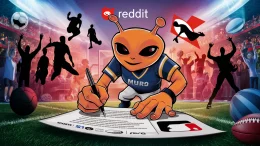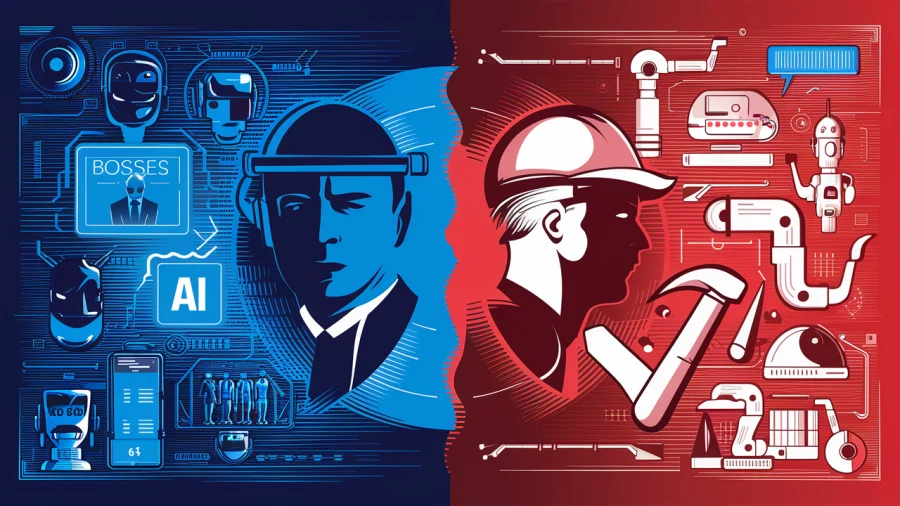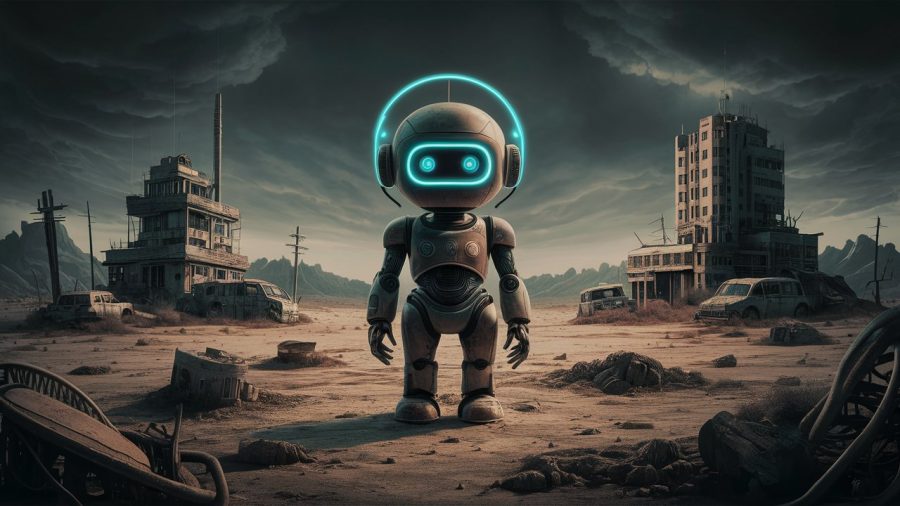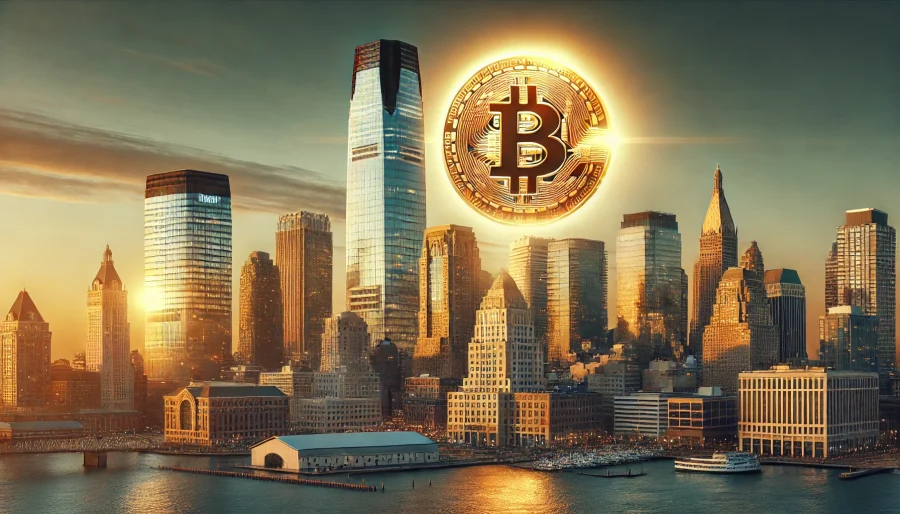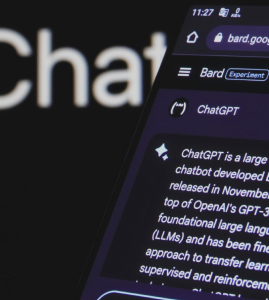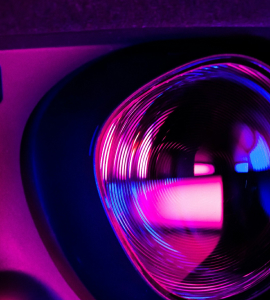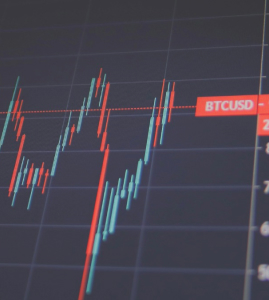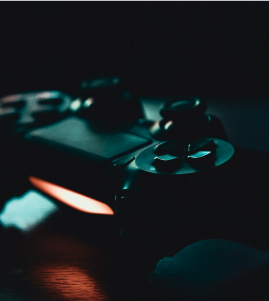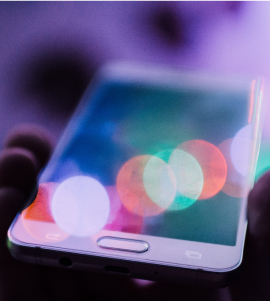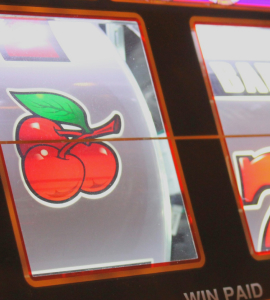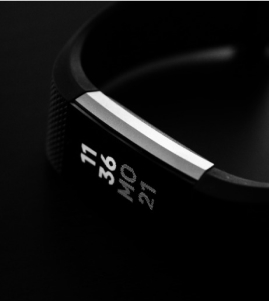
Now it’s easier than ever to nosh while you’re posting a status update. Ordr.in, a Google Ventures-backed startup, offers a Facebook app that turns ordering food for delivery into a social experience.
“Food is inherently social,” David Bloom, CEO of the five-employee New York City shop, said in an interview. “It lends itself well to Facebook.”
At its heart, Ordr.in is an API for building social food delivery services. Restaurants share their menus with Ordr.in and pay a commission every time they receive an order through the application. The app can sit on a restaurant’s fan page or website and, as its tagline suggests, “turn fans into customers.” That has been a big criticism of Facebook by companies that have set up brand pages but haven’t managed to monetize them.
When a person orders using Ordr.in, the app pushes the order to their Timeline, presumably prompting friends to say “You know, sushi sounds good.” The app lets users choose the verbs “Crave” and “Eat” to supplement their feelings about a particular eatery beyond the usual “Like.”
The menu choices are slim, for now – there are, for example, no restaurants listed in Boston – and even Bloom says his firm has some distance to go before it perfects the model.
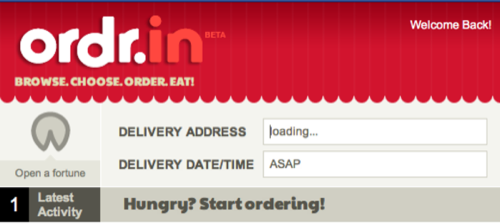
“We like it, but we’re definitely not satisfied with it,” Bloom said. “With Facebook today, you don’t know what is going to work. You can’t just take an offline shopping experience and fit it into Facebook. Small companies like ours are nimble and able to adapt. We’re going to figure it out.”
The restaurant industry has traditionally been behind the curve in adopting new technologies. That may be changing: At the recent National Restaurant Association convention in Chicago, a four-day survey of the 59,000 attendees indicated social media the third most important issue for restauranteurs.
“The stereotype of restaurants as technologicals laggard is often true,” Bloom said, “in large part because the day-to-day activities of the business are not conducted on a computer screen. They know this is important, and they’re getting smarter about technology. I think we’re going to see a lot of catching up over the next few years.”


